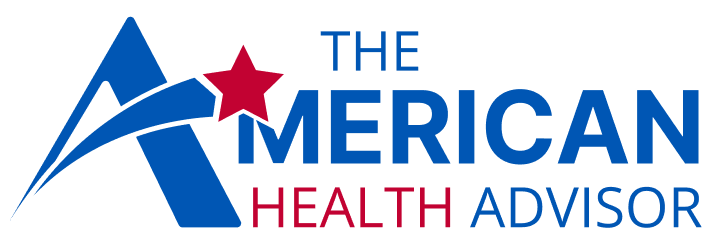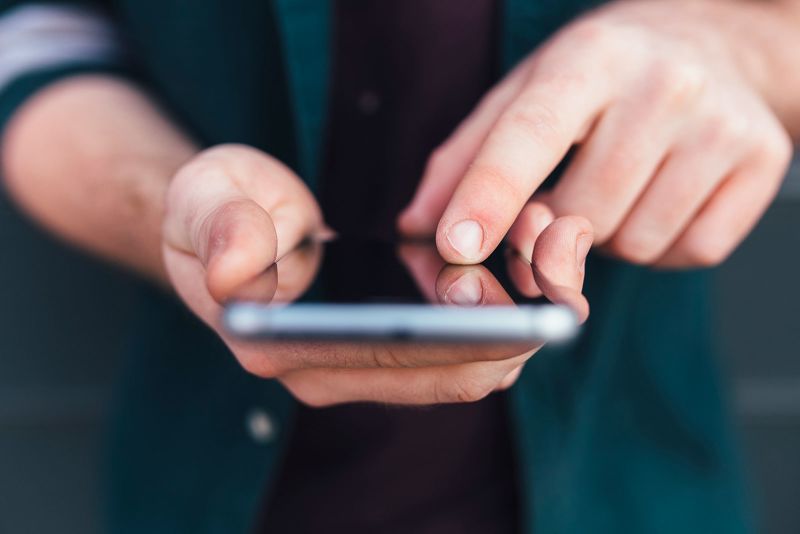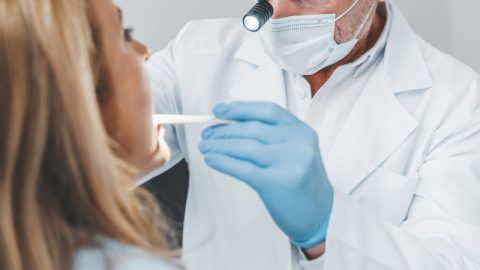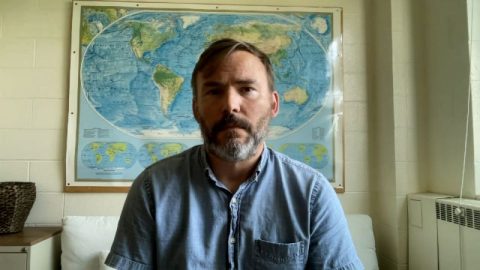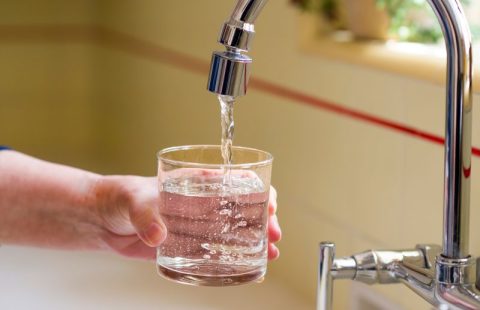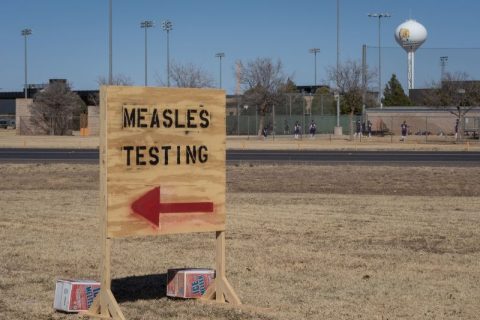Major cell phone carriers have started to adopt a new technology that helps direct callers to the 988 suicide and crisis hotline to help centers based on their physical location rather than their phone number’s area code, the US Department of Health and Human Services announced Wednesday.
Federal leaders say the change will help get localized resources to those who need them more efficiently and effectively — and ultimately save lives.
“The goal of 988 is to help people in a mental health or substance use crisis get 24/7 access to compassionate, nonjudgmental help,” Miriam E. Delphin-Rittmon, assistant secretary with HHS and leader of the Substance Abuse and Mental Health Services Administration (SAMHSA), said in a statement. “Connecting callers to local centers that can share information about their community’s services and resources helps to elevate that quality of care.”
Verizon and T-Mobile started rolling out the “georouting” technology last week; the change will cover about half of all wireless calls to 988 once the program is fully implemented by these two carriers in the coming months. AT&T also plans to begin the process within the next couple months.
Before this change, 988 callers were routed to a call center based on their area code rather than physical location. For instance, someone based in Los Angeles who has a cell phone number with a New York area code would be routed to a crisis call center in New York.
Next month, the Federal Communications Commission will vote on a rule that would require all wireless carriers in the US to implement georouting for 988 calls. If the final rule is adopted, nationwide providers will have 30 days to begin implementing the technology, and smaller providers will have two years to do so.
“In times of crisis, every minute matters – especially when seeking help for yourself or a loved one in need of mental health support. There’s a real benefit to connecting with resources available in your own backyard and speaking with those within your own community,” FCC Chairwoman Jessica Rosenworcel said in a statement. “Georouting means those responding to 988 calls have a lot more knowledge of local resources at their fingertips and are better equipped to get the caller the help they need, where they need it.”
The 988 Suicide and Crisis Lifeline provides free emotional support to people in mental health crises and connects them to local resources. The line operates 24 hours a day, seven days a week, and comprises over 200 local crisis centers across the country.
The 988 lifeline was launched in July 2022, transitioning from the National Suicide Prevention Lifeline to a broader focus and a simpler dial code. Since its launch, the lifeline has expanded to include services American sign language and Spanish. It also has a special veterans crisis line, which can be reached by dialing 988 and pressing option 1, and a LGBTQ+ youth and young adult line that can be accessed by pressing option 3.
The suicide rate reached a record high in the US in 2022 as the country continues to face a mental health crisis that worsened during the Covid-19 pandemic.
In the two years since it launched, 988 has received more than 10 million calls, texts and chats, according to data published by SAMHSA.
- Sign up here to get The Results Are In with Dr. Sanjay Gupta every Friday from the CNN Health team.
In March, the National Alliance on Mental Illness and a coalition of over 40 national organizations sent a letter urging leaders at the FCC and HHS to take action to improve the routing of 988 calls. The FCC’s Rosenworcel said she submitted a notice of proposed rulemaking to the full commission the next day. The proposed FCC rule focuses on georouting calls, not text messages.
Georouting is different from geolocation in that it does not provide a precise location for the caller. Instead, it aggregates information about a caller’s location to help them reach local support while maintaining their privacy, according to senior administration officials.
“No more 988 calls and messages will be needlessly sent to crisis centers hundreds of miles away,” Rosenworcel said. “I’m really pleased to say we’re making this life saving resource even better.”
